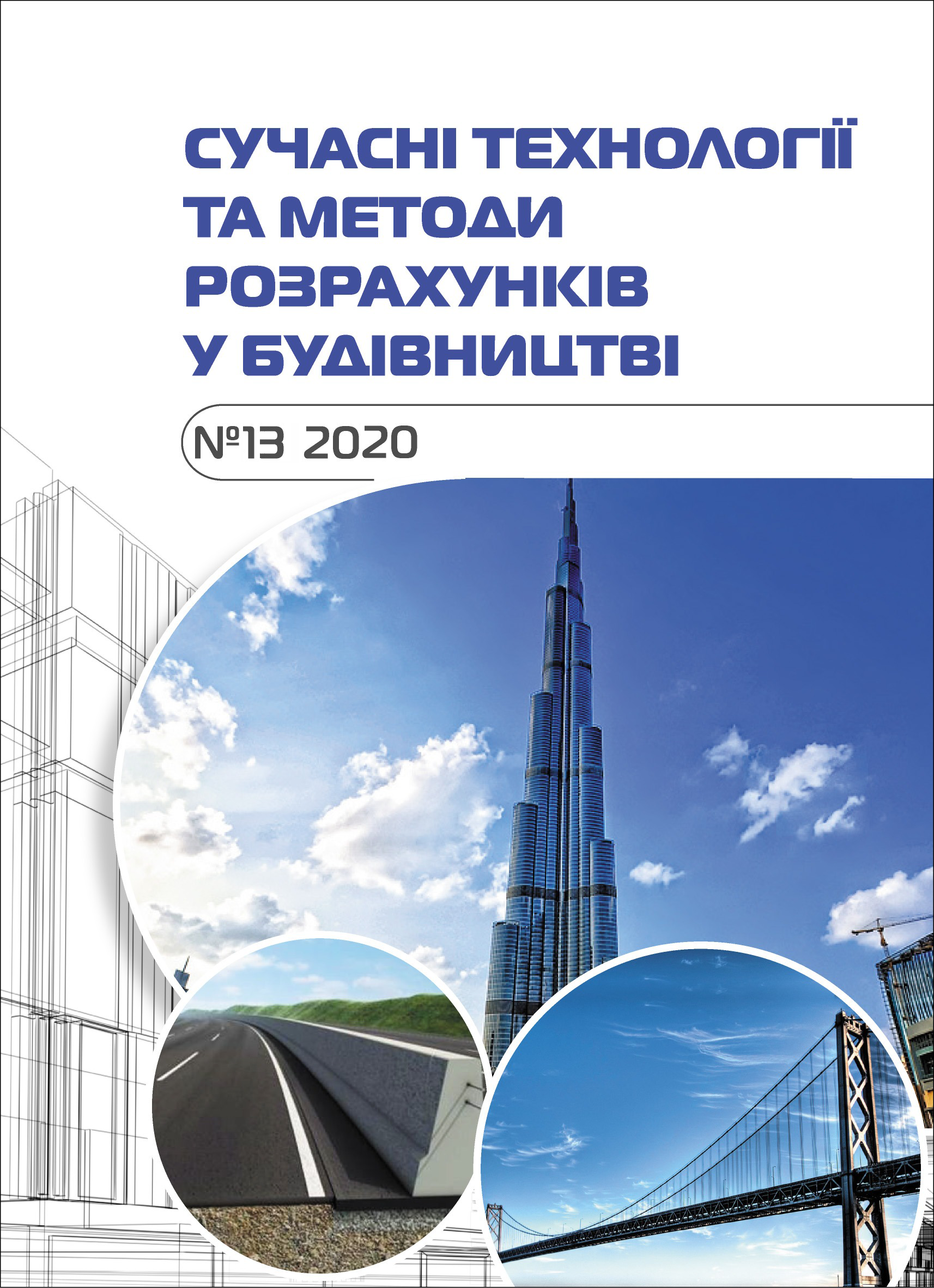To the problem of refining the equations for orthotropic shells dynamics taking into account deformations of transverse shear and compression
Abstract
The article is examining a problem of equation system design for orthotropic shells dynamics taking into account deformations of transverse shear and compression. Transverse shear deformations are only partially taken into account in the existing dynamic calculation equations of theories of Tymoshenko-type shells. The stress-deformed state in such shells is determined on the basis of simplified formulas. These formulas are based on the hypotheses of linearity of deformations in tangential directions and their constancy in the transverse direction.
The authors propose a variant of the non-classical model of the dynamics of orthotropic shells. The tangential normal stresses of this model are expressed in terms of bending moments and transverse forces according to the corresponding dependences.
These dependences change (relative to the transverse coordinate) according to the cubic law in tangential directions, and the tangential stresses - according to the law of a square parabola.
To derive the dynamic equations of motion of the orthotropic shell in the forces and moments acting in the cross sections of the shell, the Hamilton-Ostrogradsky variational principle is used. Boundary and initial conditions are also formulated on the basis of this principle. The resulting system of five differential equations is a complete system of equations with respect to the five functions sought. The general order of such a system of differential equations in partial derivatives is 14. The Helmholtz equation is additional to the classical Kirchhoff-Lev theory.
Therefore, when solving specific boundary value problems, it is necessary to attach boundary and initial conditions to this system. Their number should not exceed seven.
From the obtained system of equations, neglecting the function that takes into account the transverse compression, as well as the terms that reflect the influence of the curvatures of the middle surface, we can obtain variants of the nonclassical theory of shells S.О. Ambartsumian, theories such as Tymoshenko and others.








